How Can You Get High Quality Backlinks in 2020?
Google search results are becoming ridiculously competitive. Plus, Google’s search results are becoming incredibly engaging: Many search users prefer to use search results (open “People Also Ask” results, clicks image and video carousels, etc.) that getting a click from search results is getting harder and harder.
With the introduction of new and flashier ways to be seen, you still have to learn how to creatively and dynamically exploit those offered tools. Being seen with so many others attempting the same technique is just as hard as it was when visibility relied only on ranking.
How to get more people click your search listing in SERPs? Here are three really effective ways:
1. Monitor Your Click-Through
The first step to improving your search snippet visibility is to set up monitoring of how your pages are performing right now and get alerted if anything changes.
Finteza is an advanced analytics platform allowing you to keep a close eye on your site performance in search and all the various channels.
To monitor your click-through from organic search:
- Register an account at Finteza
- Add their tracking code to your site and give it some time to accumulate some data
- Click “Sources” and there choose “Search”
- Go to “Pages” to see how your top landing pages are performing in search:
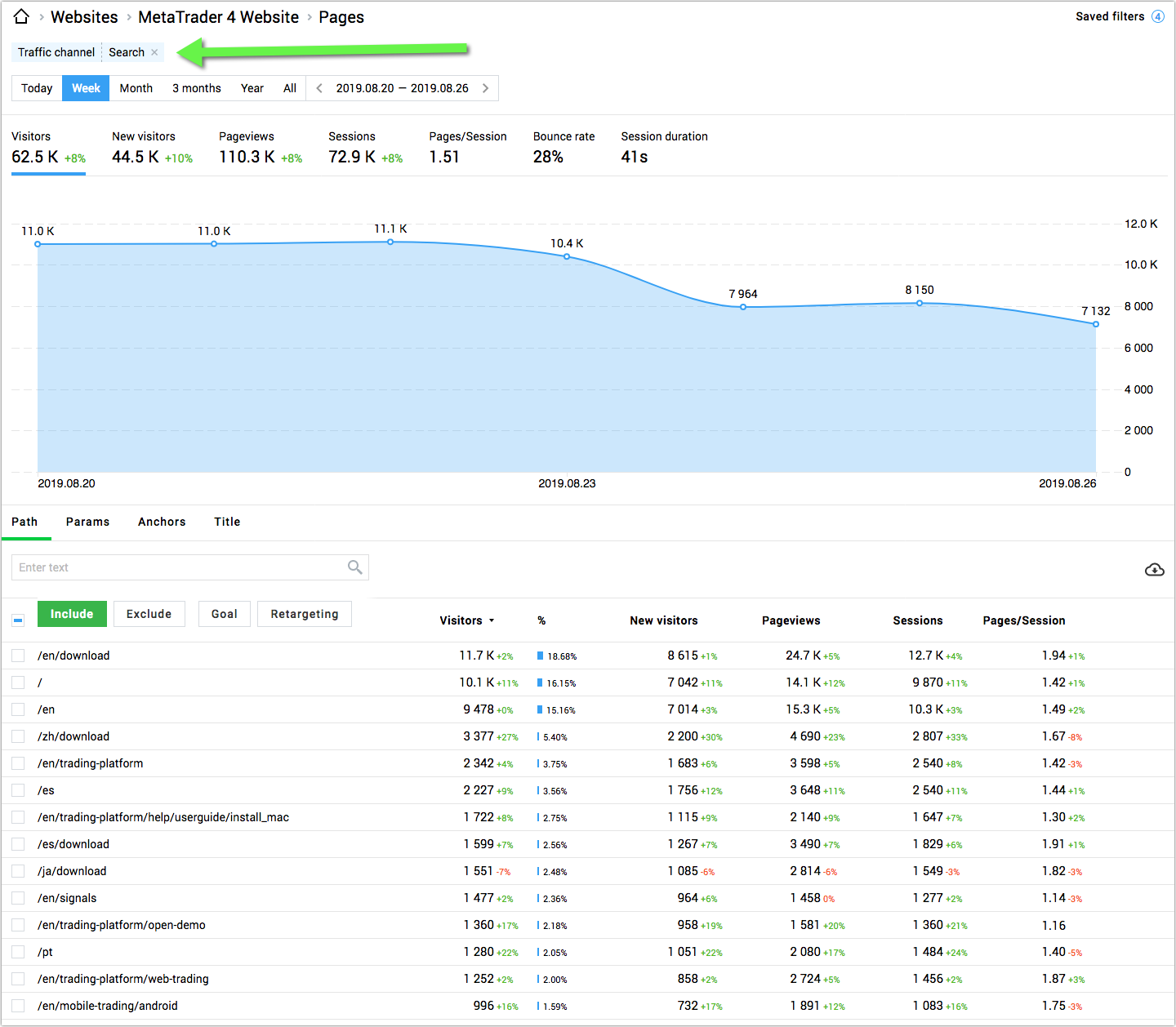
This gives you bird’s eye view on your site organic performance in organic search. It’s a great way to analyze and evaluate your old content. Using Finteza, you can also set up a retargeting campaign to target those search referrals better if they choose to return to your site.
Repeat steps above at least weekly to see if any of those pages start losing clicks from search: These might need some work. Here’s exactly what you may want to do:
2. Use Semantic Analysis
Google uses a variety of analysis methods to identify high-quality content that meets their users’ needs. One of the key components of Google’s content evaluation process is semantic analysis.
Basically speaking, semantic analysis is about clustering your key topic into subtopics and concepts that constitute it. To give a quick example, if we were to apply semantic analysis to [hiking], we’d come up with a variety of underlying concepts including, National Parks, Mountains, picturesque trails, being outdoors, and even birdwatching.
All of those concepts relate to hiking in some way or another.
Broadly speaking, semantic analysis helps machines understand natural language – the way that humans communicate – including context, goals, etc.
When it comes to search optimization, semantic SEO helps:
- Create more indepth and richer content that meets Google’s expectations
- Optimize for intent (what’s the end goal behind each search)
- Give Google enough context for them to create a more clickable search snippet for your listing.
Another example of semantic analysis in action is Google’s results for [where it was filmed]. While the query is seemingly absolutely generic, Google is able to understand this question relates to the movie “It”.
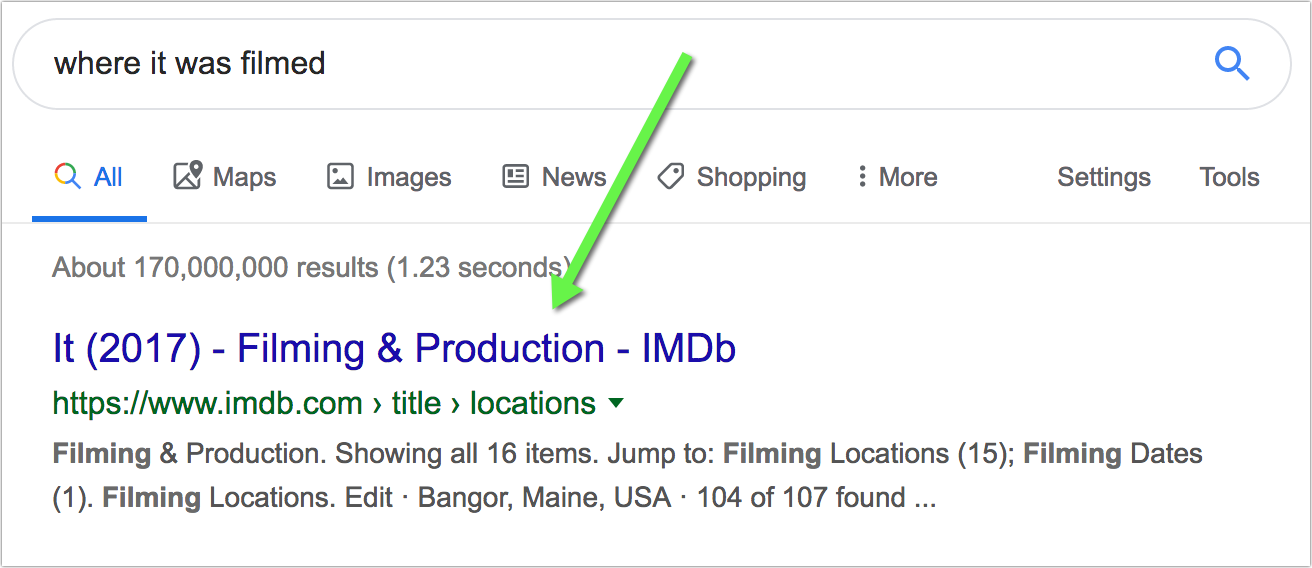
Text Optimizer is the semantic analysis tool that goes right to the source, i.e. Google search snippets. For each query you type, it would collect Google’s search snippets and apply semantic analysis to them to come up with the list of underlying concepts:

[TextOptimizer’s results for [where it was filmed] – as you can see the tool got the actual context of the query and clustered it into related topics]
Including 20-25 of these concepts into your content will help Google better understand your text, and create richer more clickable search snippets. Here’s a more detailed review of the site I did previously.
3. Optimize for Rich Snippets
Rich snippets have become the new keywords. These little details are what causes your listing to “pop” in a search, catching the eye of the user no matter what place on the first page you occupy. Proper use of rich snippets are a requirement for being seen.
“Rich snippets” are search results providing the user with more answers right within SERPs. To qualify for rich snippets your web page should have rich markup:
Here are the supported types of rich snippets:
Reviews
If you have reviewed a tool or a product, use Aggregate Rating structured data for your search snippet to look like this. This will populate stars in search that definitely draw an eye!
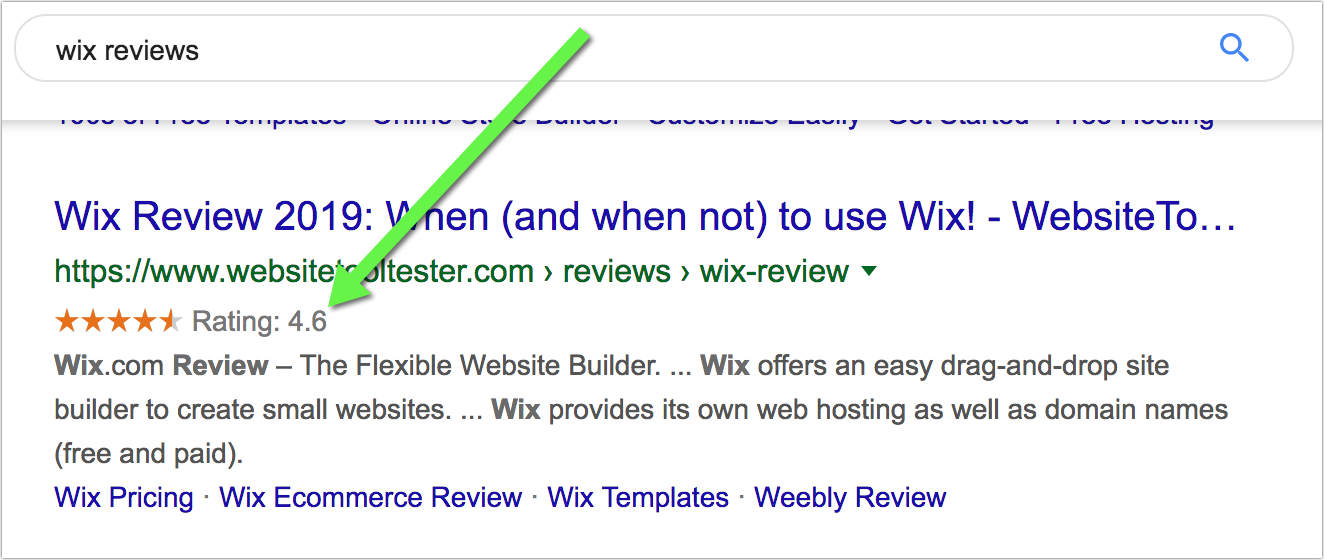
Recipes
Recipes will have some nutritional and preparation information, like how long it takes to cook and how many calories are in each serving.
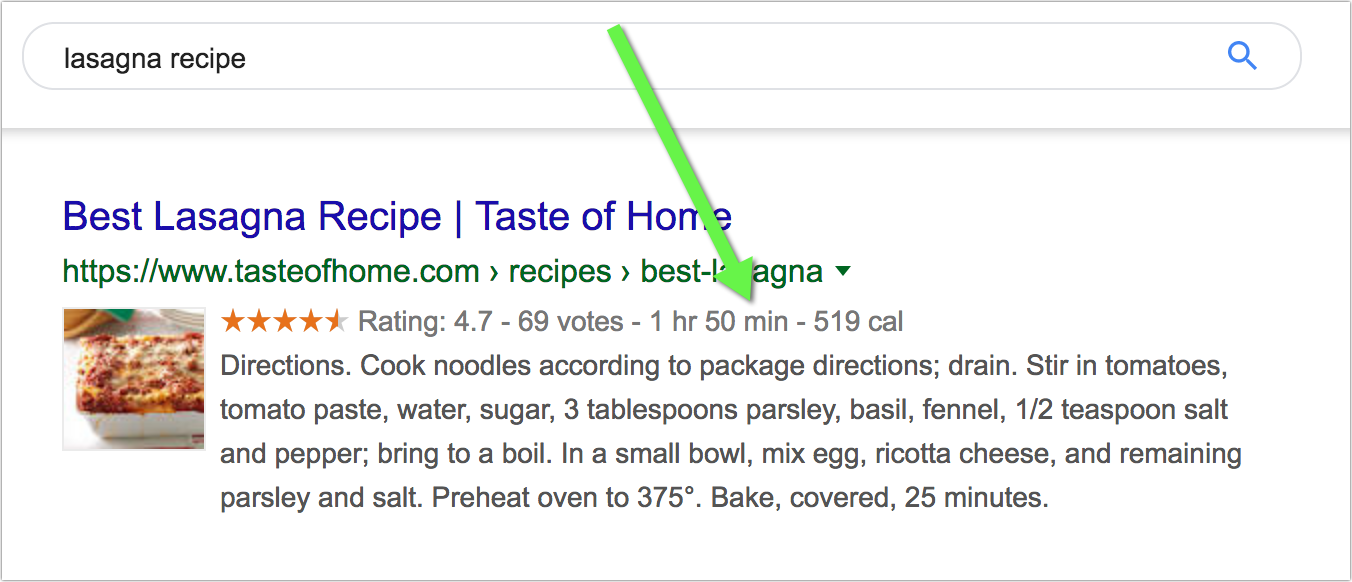
Events
Events will show dates and times for each event for quick reference. Every event name is linked in search results giving you more clickable links in search.
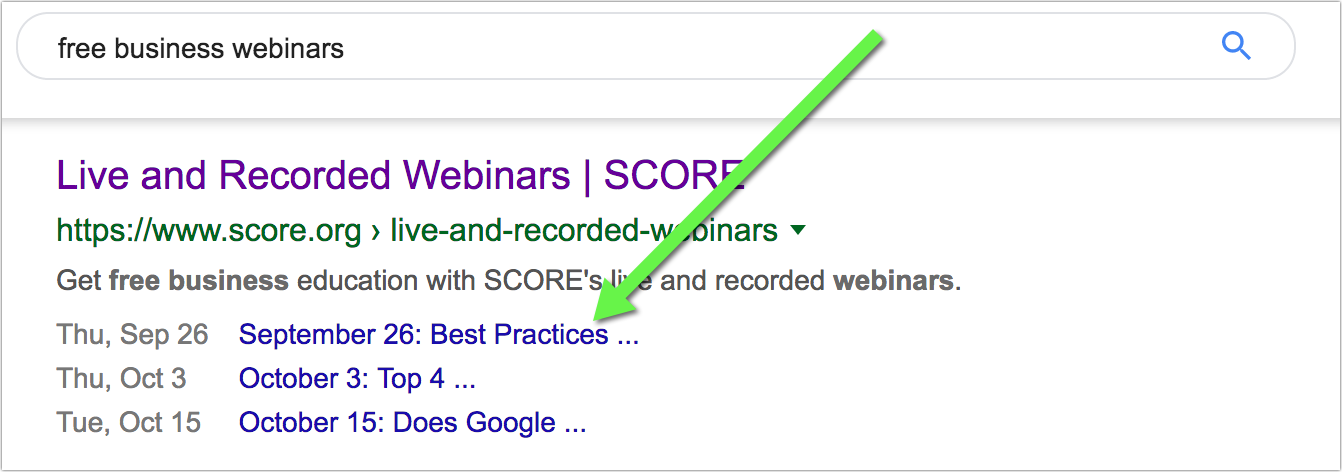
Business
There’s a number of structure data types that allow you to add more details to your brand knowledge graph (NOT for local businesses though).
These include: Official social media accounts, logo, and the corporate contact:
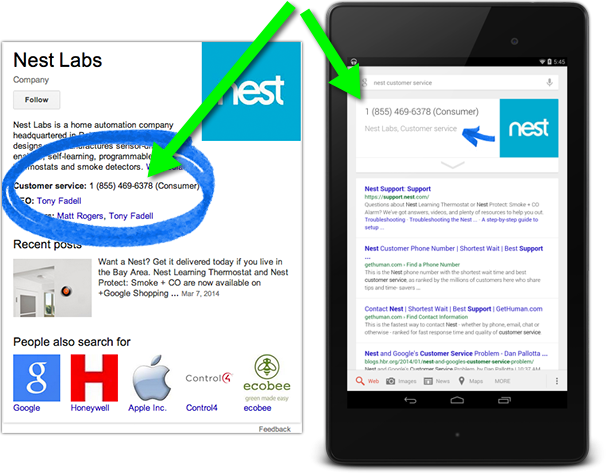
Movies and Books
Movies and books will also show off a ranking system, and some product pages have a star rating alongside price.
HowTo
HowTo markup will help Google to locate more information from your tutorial, for example, number of steps, time to complete, etc.:
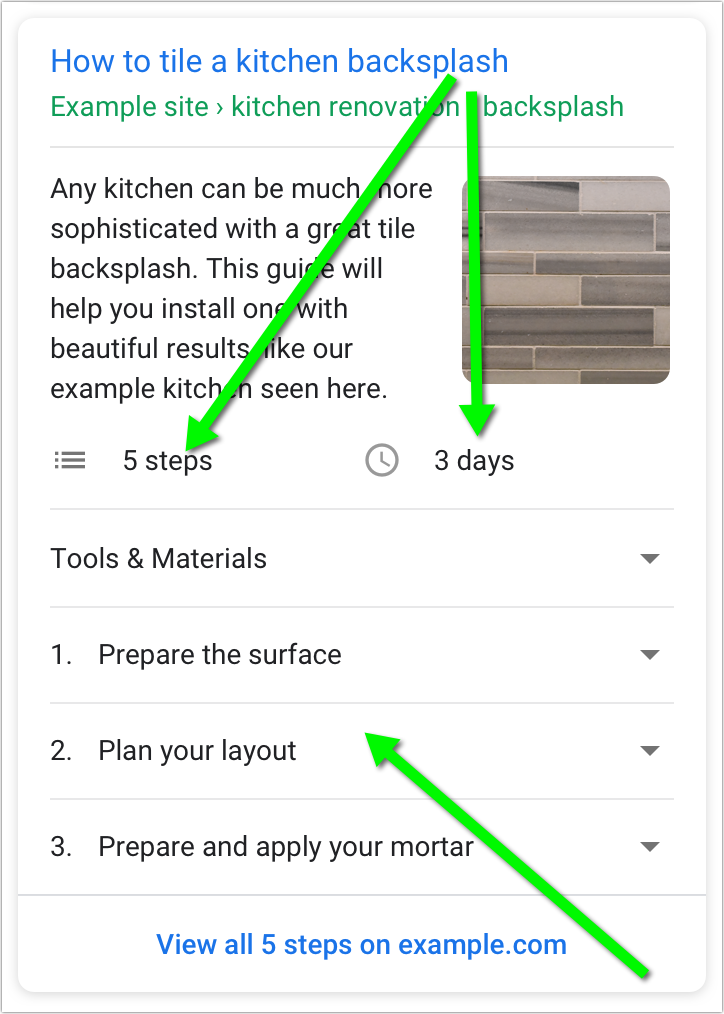
HowTo Schema shouldb’t be used for recipes though. Other than that there are no official restrictions to certain types of tutorials that can have it.
One word of caution here: Only use structured data when it absolutely makes sense. Google frowns upon using Schema just for the sake if rich snippets. If it is not an actual review, don’t use the ratings markup, as it could backfire. Google actually sends manual penalties for a structured abuse, so read the documentation properly to make sure you follow all the rules!
Optimizing for rich snippets relies heavily on whichever website builder and/or CMS you are using. For most of them there are lots of plugins and addons allowing to quickly integrate structured markup.
The above tips will hopefully help you generate more clicks from your current organic positions without having to invest in improving it. See it as a low-hanging fruit opportunity to improving your traffic!
Do you have a tip for optimizing search snippets? Let us know in the comments!
Related blog posts and resources:






